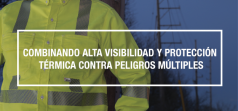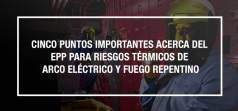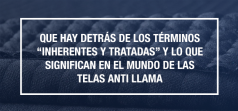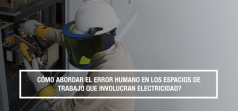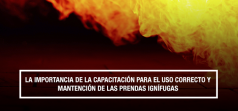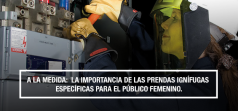En el mercado de prendas de ropa protectoras, hay un abanico muy amplio de opciones para cuando se trata de especificar telas FR en el Equipo de Protección Personal (EPP). Las telas resistentes a la flama para Arco Eléctrico ( AR- Arc Rated), son la primera línea de protección para el cuerpo en el EPP y dictan en gran medida, el grado de protección alcanzado en ellas, viene en una amplia gama de formulaciones, todas ellas con su propio set de características. Incluso dentro de un tipo específico de telas FR, características como calificación de arco y comodidad, pueden variar mucho entre las diferentes marcas. Esta Guía Técnica explora las telas de este ramo, de manera que usted pueda seleccionar una tela FR confiable y funcional, que será el elemento básico de protección de sus prendas. Descargar
